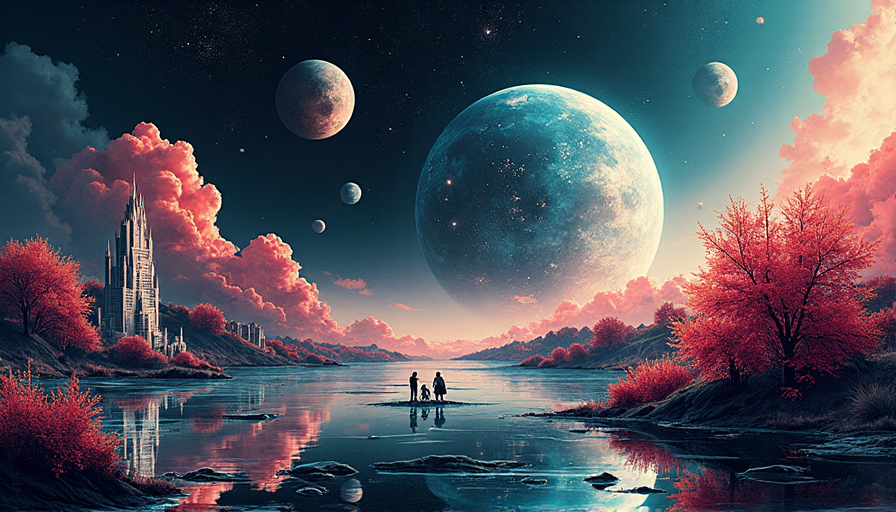
Introduction: A New Chapter in the Art World
Christie’s has once again thrust artificial intelligence into the limelight with an auction that has young buyers and traditional artists alike questioning the future of creativity. The auction, titled Augmented Intelligence, featured works that blend cutting-edge AI techniques with human artistic vision — a move that has reverberated through galleries, studios, and online debates.
The Controversial Auction Unveiled
In a bold display of innovation, Christie’s curated an exhibition of 32 artists, including a mix of AI-generated paintings and photographs. Among the highlights:
- Record-Breaking Sale: The auctioned collection achieved a staggering $792,000.
- Notable Bidder Demographics: Gen Z and Millennials made up nearly half of the buyers, reflecting a shift in art consumption.
- Innovative Creations: The centerpiece was Refik Anadol’s Machine Hallucinations – ISS Dream A, which merged over 1.2 million images from the International Space Station and sold for $277,200.
The event rekindles memories of Christie’s earlier foray into digital art in 2018, when it sold the first AI-generated portrait for $432,500. Yet, this milestone has not come without friction.
Pushback from the Creative Community
Soon after the auction announcement, a letter signed by over 6,000 photographers and artists emerged, challenging the integrity of AI in art. The critics argued that:
- AI models are often trained on copyrighted works without permission or compensation.
- Companies behind these models exploit human creativity for commercial gain.
Despite the uproar, Christie’s proceeded, sparking a wider conversation about the ethics of AI-generated art and the implications for creative professionals.
Highlighting the Auction’s Standout Pieces
Two key artworks from the auction illustrate the evolving landscape:
- Refik Anadol’s Masterpiece: Utilizing AI models like DCGAN, PGAN, and StyleGAN, Anadol transforms vast amounts of data into "surreal dreamscapes" that invite viewers to reimagine the intersections of memory, data, and imagination.
- Embedded Studies 1 & 2 by Holly Herndon and Mat Dryhurst: Fetching $94,500, this piece explores how AI curates digital images and questions institutional influence over online visual narratives.
The Impact on Photographers: A Crossroads
As AI technology continues to evolve, professional photographers face new challenges:
- Economic Pressures: The surge of AI-generated imagery could diminish the demand for traditional photographic skills, particularly in commercial and stock photography.
- Artistic Identity: There is growing concern that as AI images blur the boundaries of art and photography, the essence of traditional photography may be overshadowed by algorithm-driven creations.
Critics emphasize that while technology can spur innovation—allowing artists to "imagine the unimaginable"—it also raises questions about originality and the sustainability of human artistry.
Looking Ahead: Balancing Innovation and Tradition
Institutions like Christie’s and the Getty Museum lend credibility to AI as an art form, a move that many fear might further legitimize the replacement of conventional photography with digital reinterpretations. The debate now hinges on whether policymakers will step in to protect the livelihood of traditional photographers or if the industry will continue its shift towards immersive, tech-driven art forms.
In this unfolding narrative, the art world stands at a crossroads. As AI reshapes creative production, the challenge lies in finding a balance between nurturing technological advances and preserving the irreplaceable value of human creativity.
“In the march towards the future, a dialogue between human imagination and machine intelligence is essential — yet, it must safeguard the unique contributions of traditional art forms.”
Conclusion
Christie’s auction serves as a stark reminder that while technological innovation can propel art into new realms, it also demands careful scrutiny of its impacts. The clash between AI-generated art and human-made photography is a conversation that will define the next chapter of artistic expression, challenging creators, institutions, and policymakers to forge a path that honors both progress and tradition.
Note: This publication was rewritten using AI. The content was based on the original source linked above.